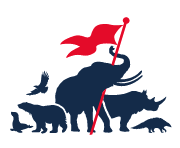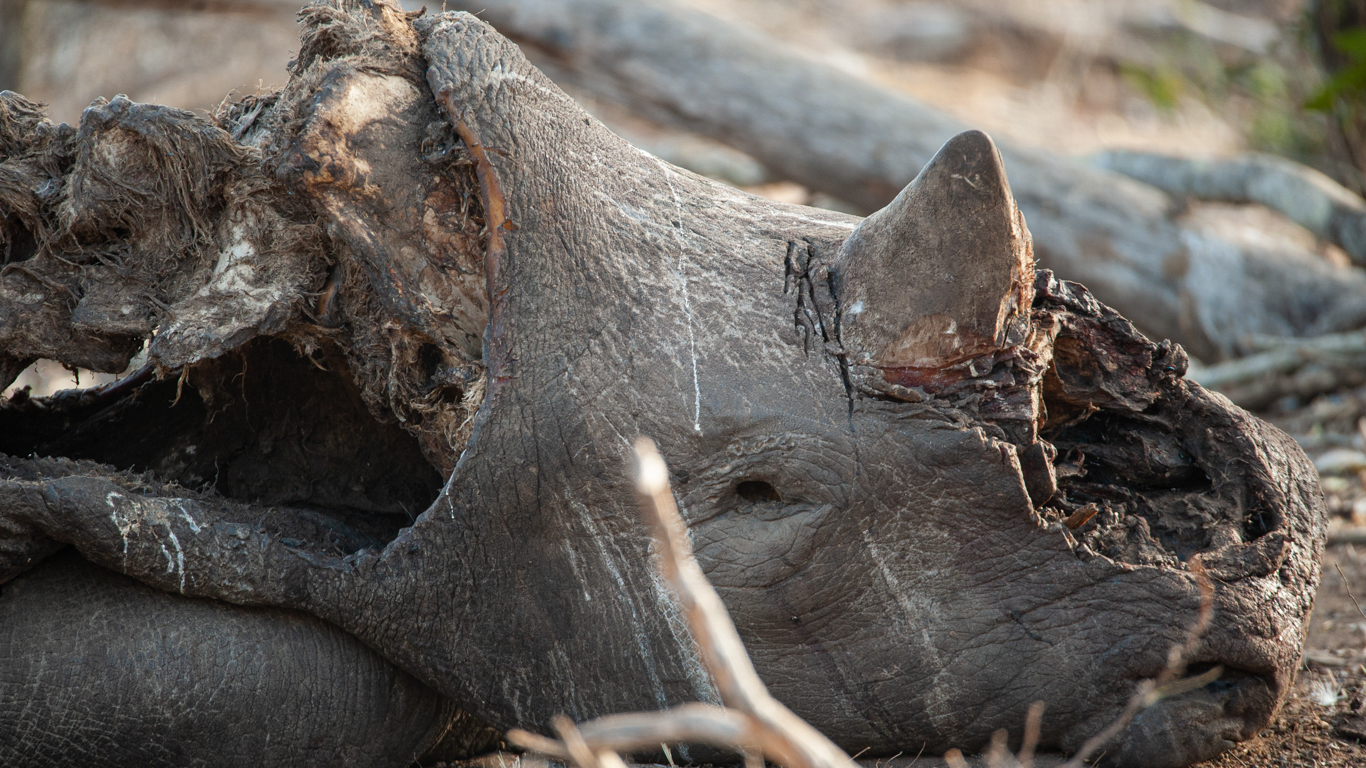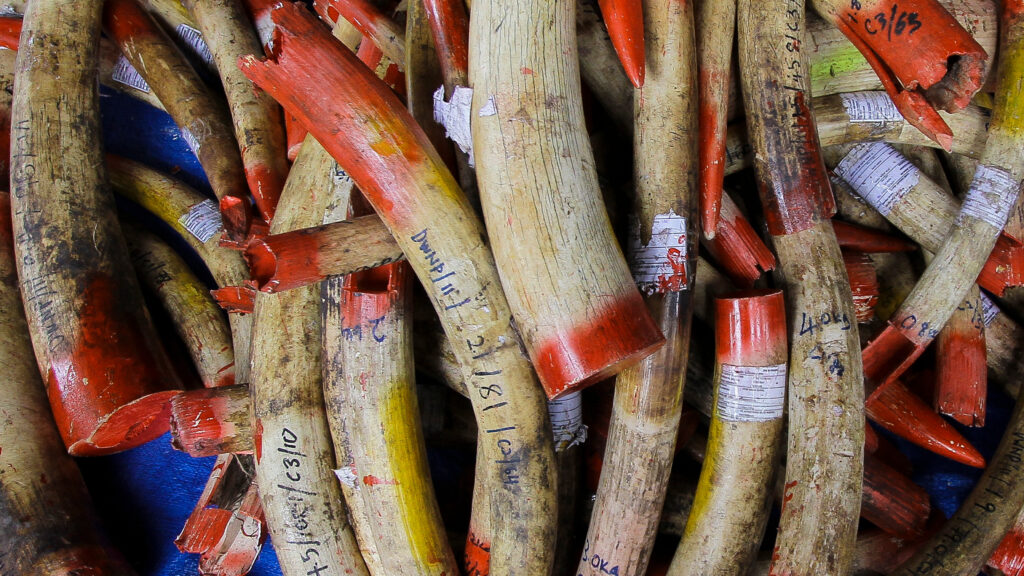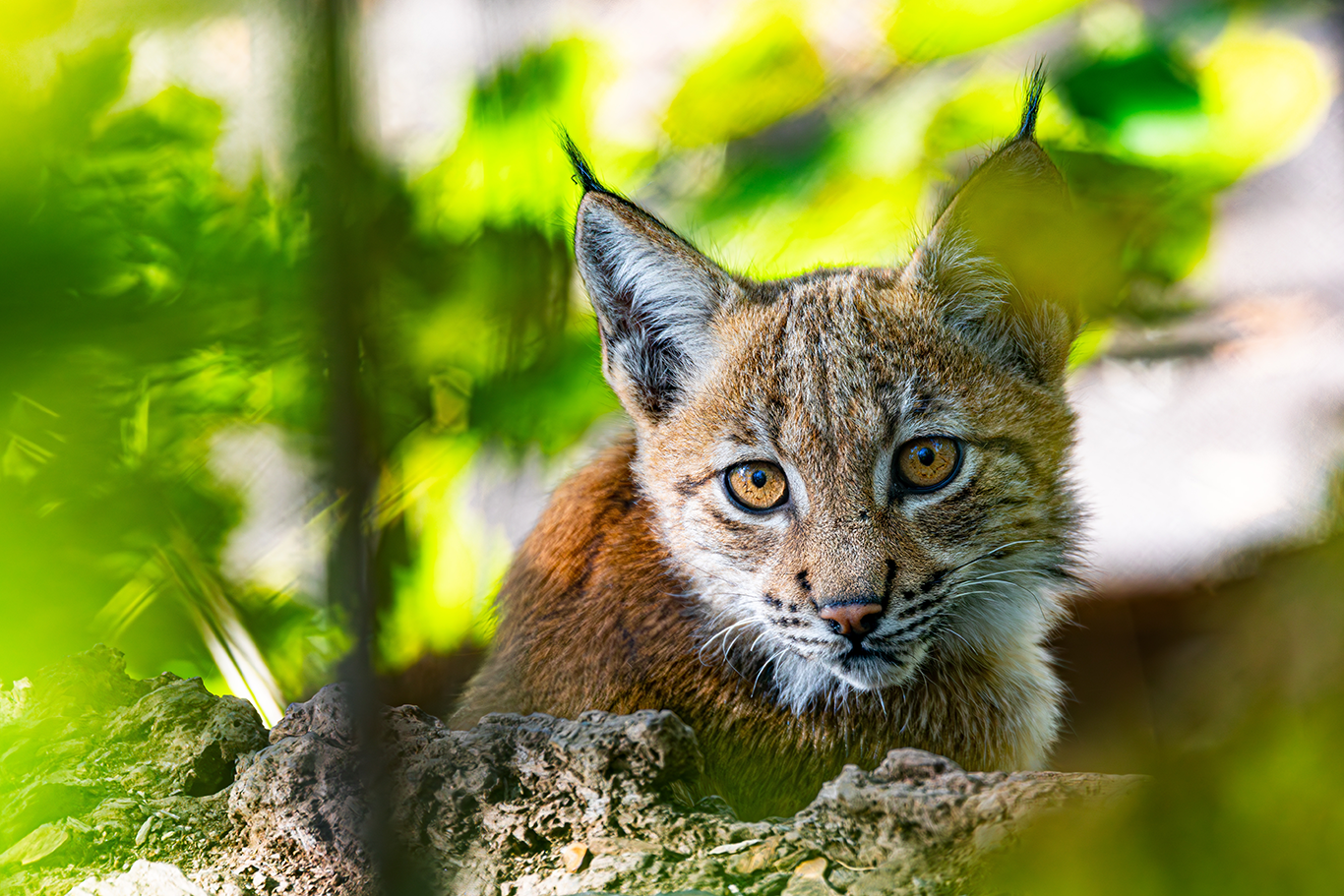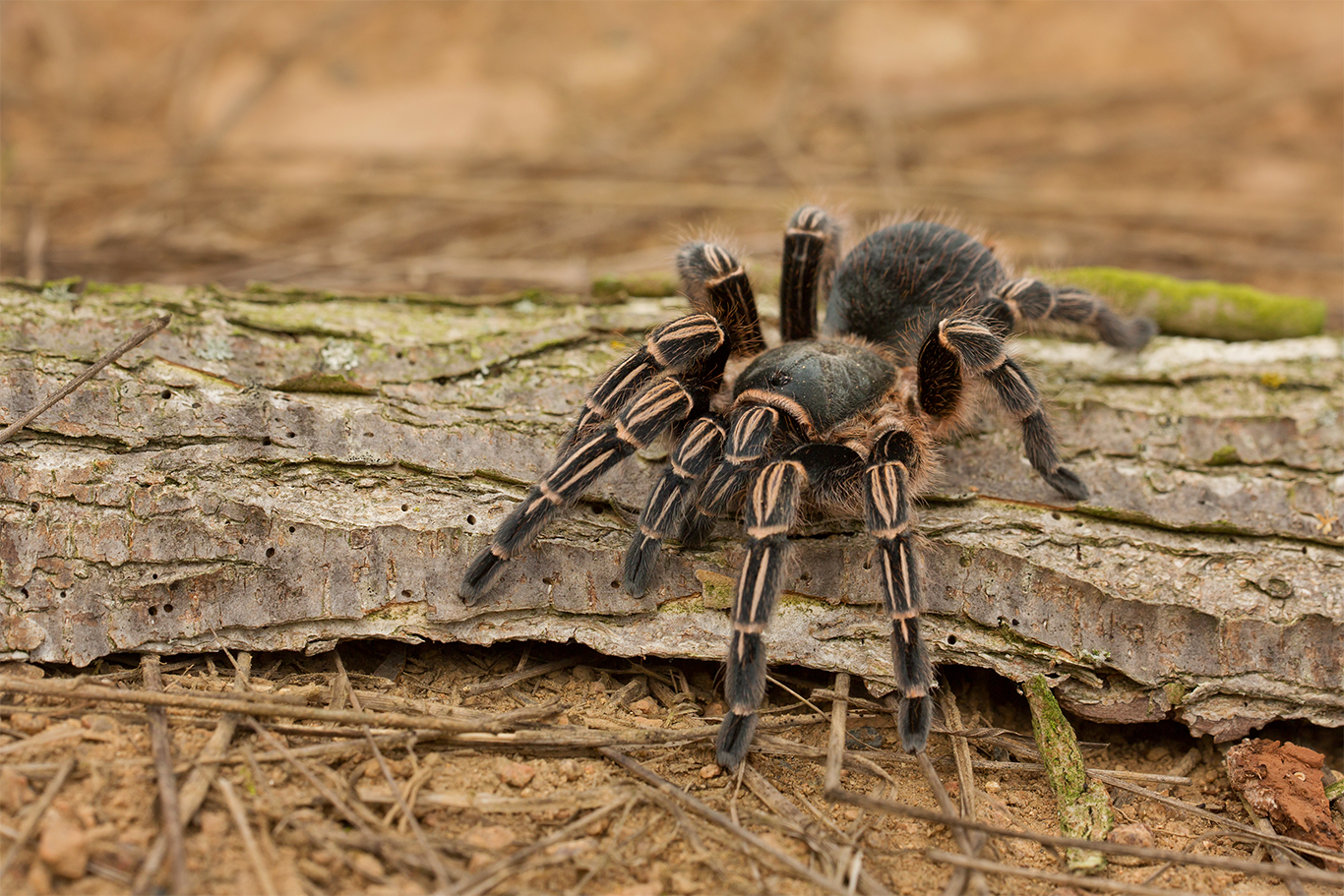In a blessing for elephants, the African nations of Namibia and Zimbabwe have failed to convince a United Nations body to allow them to export elephant tusks, while Eswatini lost a bid to sell rhino horn, reports Reuters.
Namibia and cash-strapped Zimbabwe had claimed that sales would protect the animals and raise money for conservation, and that their populations of rhino and elephant were either growing or stable.
However, member states of the U.N. Convention on International Trade in Endangered Species (CITES) were quick to dismiss the bid, voting overwhelmingly to reject the proposals, regardless of whether the tusks or horns were seized from poachers or removed from animals who died naturally or had been euthanized by the state because they were, for example, destroying crops.
“It is unconscionable that countries would even consider jeopardizing their animal populations as wildlife continues to be slaughtered in alarming numbers, or die because of our worsening climate crisis,” said David Barritt, executive director of Animal Survival International (ASI). “We welcome the sensible decision of the CITES committee in continuing to uphold the ban on ivory and rhino horn. As our planet’s wildlife dies out in devastating numbers, there is not a single good reason to trade in animal parts.”
Zimbabwe had asked CITES for permission to sell a 70-tonne ivory stockpile worth an estimated $35 million (£28.8 million), while Swaziland, also a poor country, wanted to sell 330kg (700 pounds) of rhino horn worth an estimated $10 million (£8.2 million).
In 1989, a worldwide ban was imposed on ivory sales to curb a wave of poaching but in a once-off ruling in 2008, CITES permitted Botswana, Namibia and Zimbabwe to sell stockpiles to Japan, and South Africa to sell to China and Japan.
In 1977, a similar ban was placed on rhino horn, but in recent years the poaching of both elephants and rhinos has soared to meet the unstoppable demand in newly affluent Asian countries like China and Vietnam.
Ivory is prized for its aesthetic qualities while rhino horn is used in Asian “medicines”. There is also speculative demand from buyers who are betting that prices will skyrocket if rhinos are poached to extinction.
South Africa, which home to the majority of the world’s rhinos, has seen slaughters surge from 13 in 2007 to 1215 in 2014. In the first half of this year, 259 rhino were slain in the country. Meanwhile, tens of thousands of elephants have been killed, primarily in east and southern Africa.
Encouragingly, other African nations including Kenya – currently experiencing a devastating drought that is wiping out large numbers of wild animals – are strongly opposed to any reopening of the ivory or horn trade. They argue it will activate demand and threaten their animals.
“Ivory belongs to the elephants and ivory is worth more on a live animal rather than a dead animal,” Kenyan Environment Minister Judi Wakhungu told Reuters.
Rhino horn can be harvested from a sedated animal because it grows back, although most poachers simply kill the animal. To extract an entire ivory tusk, an elephant must be killed.
For decades, Kenya has focused on wildlife-spotting safaris and ecotourism as the primary revenue streams from its big animals. In April, it destroyed 105 tonnes of ivory.
CITES recommended that countries with legal domestic ivory markets that are not regulated by the convention, such as Japan, begin closing them down because they contribute to poaching.
CITES members also voted to include the silky shark, three species of thresher sharks, and nine species of devil rays in its Appendix II listing, which strictly controls trade so that species are not exploited or threatened.
Devil rays – similar to their larger cousins, manta rays – are killed for their gill plates, which are sold in China for use in a “health tonic”.
